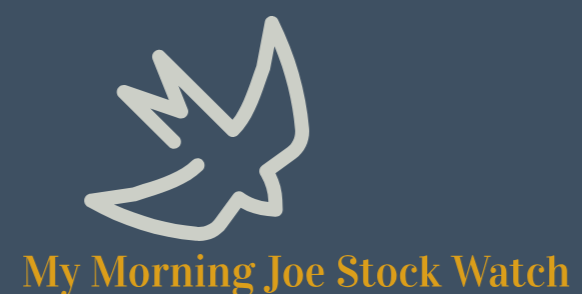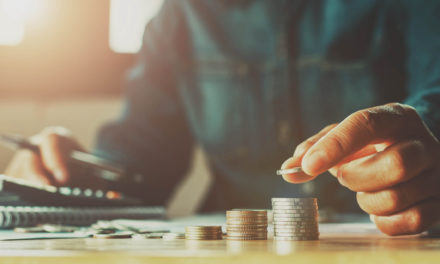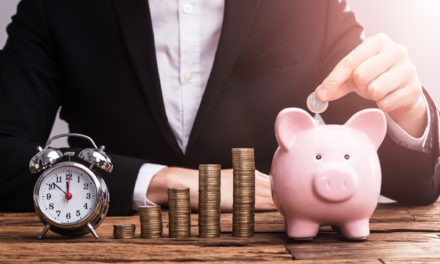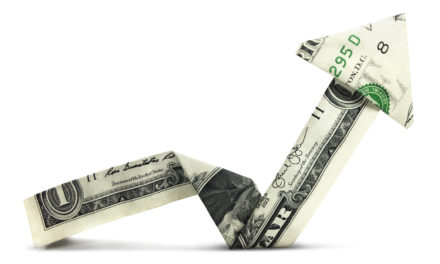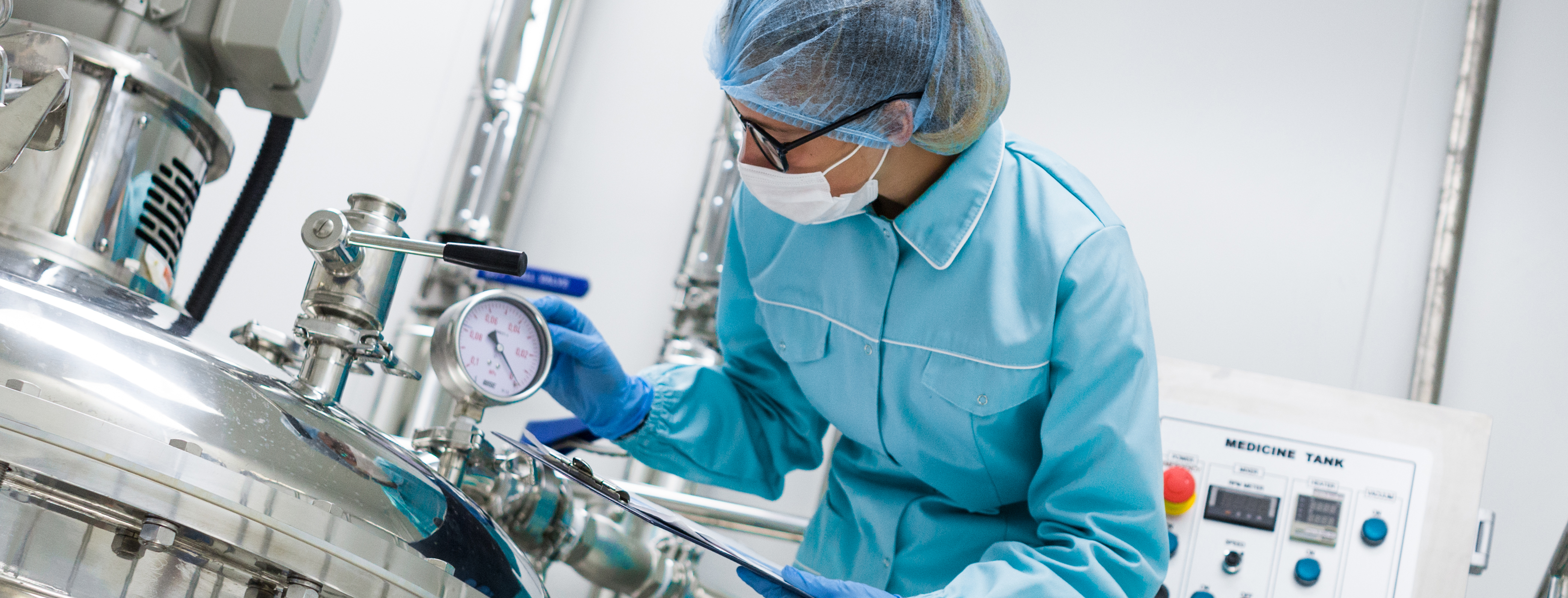
“Only buy something that you’d be perfectly happy to hold if the market shut down for 10 years.”
— Warren Buffett
One of the most important things investors can learn from Warren Buffett, is about how they approach their time horizon for an investment into a stock under consideration. Because immediately after buying shares of a given stock, investors will then be able to check on the day-to-day (and even minute-by-minute) market value. Some days the stock market will be up, other days down. These daily fluctuations can often distract from the long-term view. Today, we look at the result of a ten year holding period for an investor who was considering Loews Corp. (NYSE: L) back in 2015, bought the stock, ignored the market’s ups and downs, and simply held through to today.
| Start date: | 03/19/2015 |
|
|||
| End date: | 03/18/2025 | ||||
| Start price/share: | $40.85 | ||||
| End price/share: | $86.94 | ||||
| Starting shares: | 244.80 | ||||
| Ending shares: | 257.29 | ||||
| Dividends reinvested/share: | $2.52 | ||||
| Total return: | 123.69% | ||||
| Average annual return: | 8.38% | ||||
| Starting investment: | $10,000.00 | ||||
| Ending investment: | $22,370.87 | ||||
The above analysis shows the ten year investment result worked out well, with an annualized rate of return of 8.38%. This would have turned a $10K investment made 10 years ago into $22,370.87 today (as of 03/18/2025). On a total return basis, that’s a result of 123.69% (something to think about: how might L shares perform over the next 10 years?). [These numbers were computed with the Dividend Channel DRIP Returns Calculator.]
Notice that Loews Corp. paid investors a total of $2.52/share in dividends over the 10 holding period, marking a second component of the total return beyond share price change alone. Much like watering a tree, reinvesting dividends can help an investment to grow over time — for the above calculations we assume dividend reinvestment (and for this exercise the closing price on ex-date is used for the reinvestment of a given dividend).
Based upon the most recent annualized dividend rate of .25/share, we calculate that L has a current yield of approximately 0.29%. Another interesting datapoint we can examine is ‘yield on cost’ — in other words, we can express the current annualized dividend of .25 against the original $40.85/share purchase price. This works out to a yield on cost of 0.71%.
Another great investment quote to think about:
“I rarely think the market is right. I believe non-dividend stocks aren’t much more than baseball cards. They are worth what you can convince someone to pay for it.” — Mark Cuban
